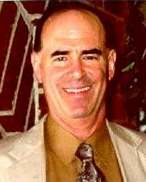
JALT Testing & Evaluation SIG Newsletter
Vol. 8 No. 1. March 2004. (p. 2 - 8) [ISSN 1881-5537]

 PDF Version
PDF Version
An Interview with Andrew Cohen
by Gholamreza Hajipour Nezhad
 Andrew Cohen is a professor in the MA in ESL Program at the University of Minnesota Twin Cities Campus. Since 1993 he has been Director of the National Language Resource Center at the Center for Advanced Research on Language Acquisition. From 1996 to 2002 he also served as Secretary General of the International Association of Applied Linguistics (AILA). This interview was conducted electronically in January 2004. |